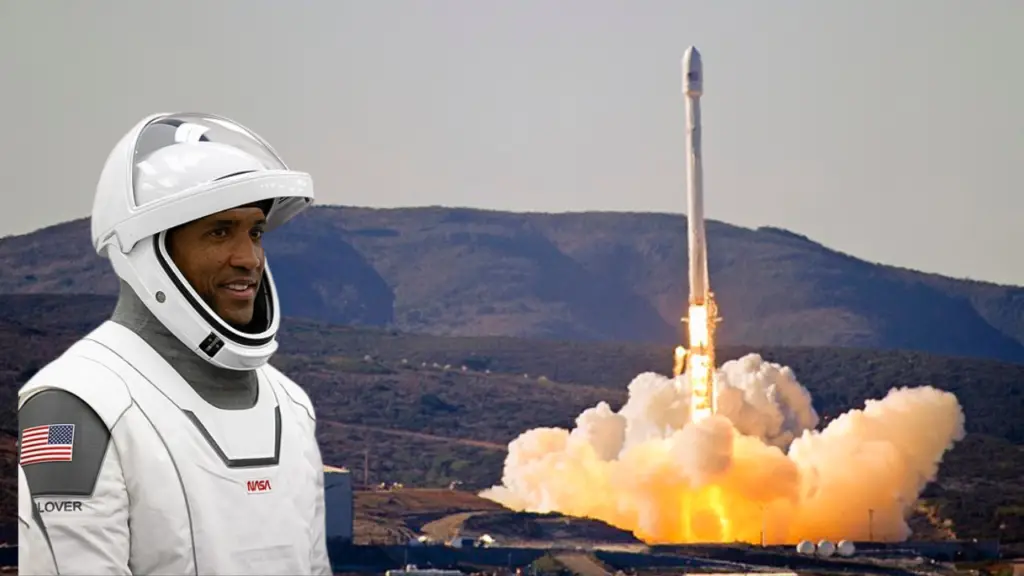On 31st August, NASA officially awarded SpaceX a contract of $1.4 billion to send five more astronauts and cargo to the International Space Station. NASA officials announced that the missions are planned under its Commercial Crew program to send astronauts to the International Space Station. The American Space Agency has awarded SpaceX 14 missions worth about $5 Billion.
Currently, the commercial aerospace company is on its fourth operational NASA mission known as the Crew-4 space program. Astronauts that participated in the Crew-4 were launched in April and they are still in orbit conducting several experiments.
The new contract awarded to SpaceX simply means that the aerospace company will extend its services for NASA and provide transportation services that will send Crew 10, Crew 11, Crew 12, Crew 13, and Crew 14 astronauts to the International Space Station. NASA announced that this new deal with SpaceX will allow it to maintain steady US capability and grant human access to the International Space Station until the end of this decade.
NASA plans to continue sending Astronauts to the International Space Station until 2030. The American Space Agency, alongside, other partners is working towards crashing the ISS in the middle of the ocean by January 2031. However, until then, SpaceX will continue to send NASA astronauts to the ISS to continue crew experiments in low Earth orbit.
Why NASA entrusts SpaceX with its Manned Space Missions
SpaceX is one of the best commercial space agencies that is breaking limits and setting new milestones with its sophisticated space vehicles. Despite the failures the aerospace agency suffered during its early phase, it still struggled to gain NASA’s trust over the years. SpaceX was able to achieve successful spaceflight in 2008 and won its first NASA contract in 2011. However, the first NASA crewed program was awarded to SpaceX in 2014 and will eventually run to 2030.
So why is NASA entrusting its manned space missions to SpaceX since 2014? It boils down to the safety of past launches and the improvement of SpaceX space vehicles over the years. Since SpaceX began the fully operational mission for Crew-1, its space vehicle and dragon capsule has never suffered a failure during the mission.
The Crew-1, which was launched in November 2020 carried four astronauts safely to the ISS. Crew-2 and Crew-3 astronauts have been safely transported to the ISS and returned to Earth aboard the crew dragon. Crew-4 astronauts that traveled to space in April 2022, are still in low earth orbit conducting several experiments.
Since SpaceX has accomplished the four crewed programs without failures, NASA has developed a great trust in the commercial services provided by the commercial aerospace company. In fact, NASA is confident enough that it awarded SpaceX with the Lunar landing module which Artemis 3 astronauts will use to land safely on the lunar surface in 2025.
This implies that the Starship HLS lander will become the first space module to send humans to the Lunar Surface in this century. The partnership between SpaceX and NASA has revealed a promising future for American astronauts in deep space.
Conclusion
SpaceX actually worked hard to build a great relationship with NASA. We should be expecting future collaboration between both parties in the future. The aerospace agency is still looking forward to sending humans to Mars with its sophisticated starships. If all goes as planned, the first astronauts may land on the Martian surface aboard SpaceX Starship. What do you think about the partnership between SpaceX and NASA?






How do I subscribe to your blog post? Thank you.
How perfectly wonderful! I adore hearing success stories between businesses. There is so much to look forward, too, as you seem to have consistency and reliability. The DRAGON engaging the ISS is simply unbelieveable to me; it is like make believe since it is computer driven. Thrilling optics for us who travel vicariously
I’m in agreement with everything you’ve said here /but I think you should continue with SLS, and find a way to launch on a Falcon Heavy rocket / much cheaper. And consent-rate on radiation mitigation